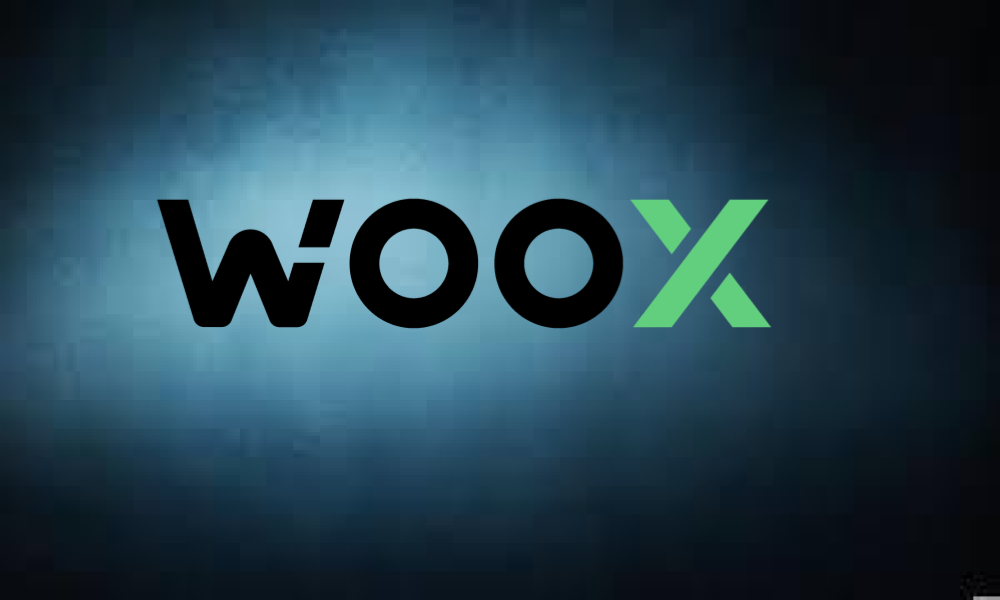In the year 2019, Kronos research developed Woo network, a trading company for traders and institutions. It is a deep liquidity network that enables trading at a low cost. Originally, the aim of this network was to provide deep liquidity to various exchange platforms such as centralised as well as decentralised finance platforms. The researcher provides cheap liquidity with the help of the aggregation of algorithms and various trading techniques. Subsequently, in 2020, the woo network launched its network on Ethereum as a blockchain in October. In November and December, it invested money in Avalanche blockchain bridge with $15m (1,15,44,69,000.00) and $30m (2,30,87,28,000.00) for supporting its token uptake. Woo network is now running on various bridges such as Arbitrum blockchain, polygon blockchain, BSC blockchain, and many more. After lots of investment in various blockchains, several investors started collaborating with Woo such as Gate Ventures, PSP Soteria Ventures, Three arrows capital, QCP capital, and many more.
So, then what is WOO token?
WOO coin and WOO token is the main product of WOO network through which all the tasks have been performed over various platforms. WOO tokens are circulated at the maximum quantity of 3 billion. According to the deflationary model, Woo tokens Woo coins are purchased and decomposed on a monthly basis. The income derived from selling Woo tokens is used to purchase the tokens back from the open market. The distribution format of the tokens is as follows:
- Out of 3 billion tokens, 10% are sold in the public and private sales.
- The other 10% were sold to equity investors who want seed capital.
- Out of leftover 80% tokens, 20% were assigned to the Wootrade team.
- The other 5% were assigned to all those investors who are vesting for Woo trade for more than 3.5 years.
- The 25% tokens of the Wootrade are set aside for providing incentives such as rewards for network usage.
- 10% were separated for the insurance fund.
- Another 10% is set aside for giving awards to the ecosystem partners.
- A small number of tokens are separated for the WOO ventures which are equal to 5%.
- The least 5% of tokens are reserved for liquidity management.
What are the other advancements in WOO network?
After the WOO network, there are three other crypto applications launched by Kronos research. As we know WOO network has worked with many companies such as Virtu, Deutsche Bank, Citadel, BNP Paribas, Allston, and many more. Woo network got magnificent experience from these companies at a financial and technical level. The other inventions of Kronos Research are discussed below in detail:
Woo X:
Woo X has also gained huge publicity at the start. It is that trading platform that provides a trading fee structure at zero cost and the very lowest cost level. It is the best liquid crypto exchange in the world for traders and institutions. It also provides a customizable trading pattern. People can quickly sell and buy with many advanced trading tools.
WOOFI:
WOOFI is another advancement of WOO networks. It is that network that only focused on decentralised finance platforms. It helps the decentralised finance platforms in getting the best prices with the lowest fees. It also helps them in getting the tightest ad at a huge amount. It has three main features namely: swapping, earning, and staking.
WOO ventures:
WOO ventures are the latest investment of WOO network. It was formed to provide a strategic partnership with projects and ecosystems. It also allocates various investments by using token swaps. Under this, 50% of the returns are again distributed among WOO token holders.
WOO network is spreading day by day over the crypto market with new advancements. Many investors go for WOO network and get positive results. WOO network has also developed many other algorithms for saving a lot and spending less on crypto for investors.
Conclusion:
WOO network is one of the choices available for the crypto holders who trade in the market on a daily basis. One advantage of the WOO network is that it is the safest and most convenient method for trading amongst various centralised and decentralised finance platforms.


